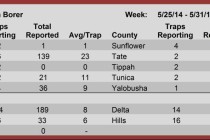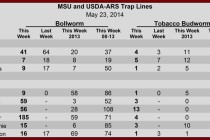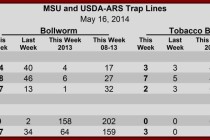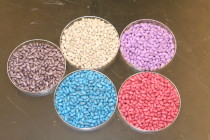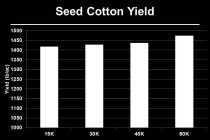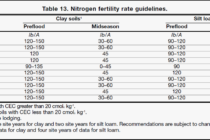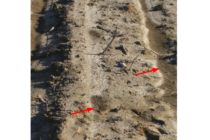👤Jeff Gore, Research and Extension Entomologist
🕔14:44, 16.May 2014
Many of you have heard us talk about the declining efficacy of seed treatments against thrips throughout the winter meeting circuit. We started seeing the first signs of inadequate control about 4 years ago and the problem has seemed to get worse every year. Last year, most of the cotton in Mississippi was sprayed for thrips at least one time and many fields were sprayed multiple times, even behind a seed treatment. Until now, thiamethoxam (Cruiser, Avicta, or Acceleron N) has been impacted more than imidacloprid (Gaucho, Aeris, or Acceleron FI).
Read Full Article▸

